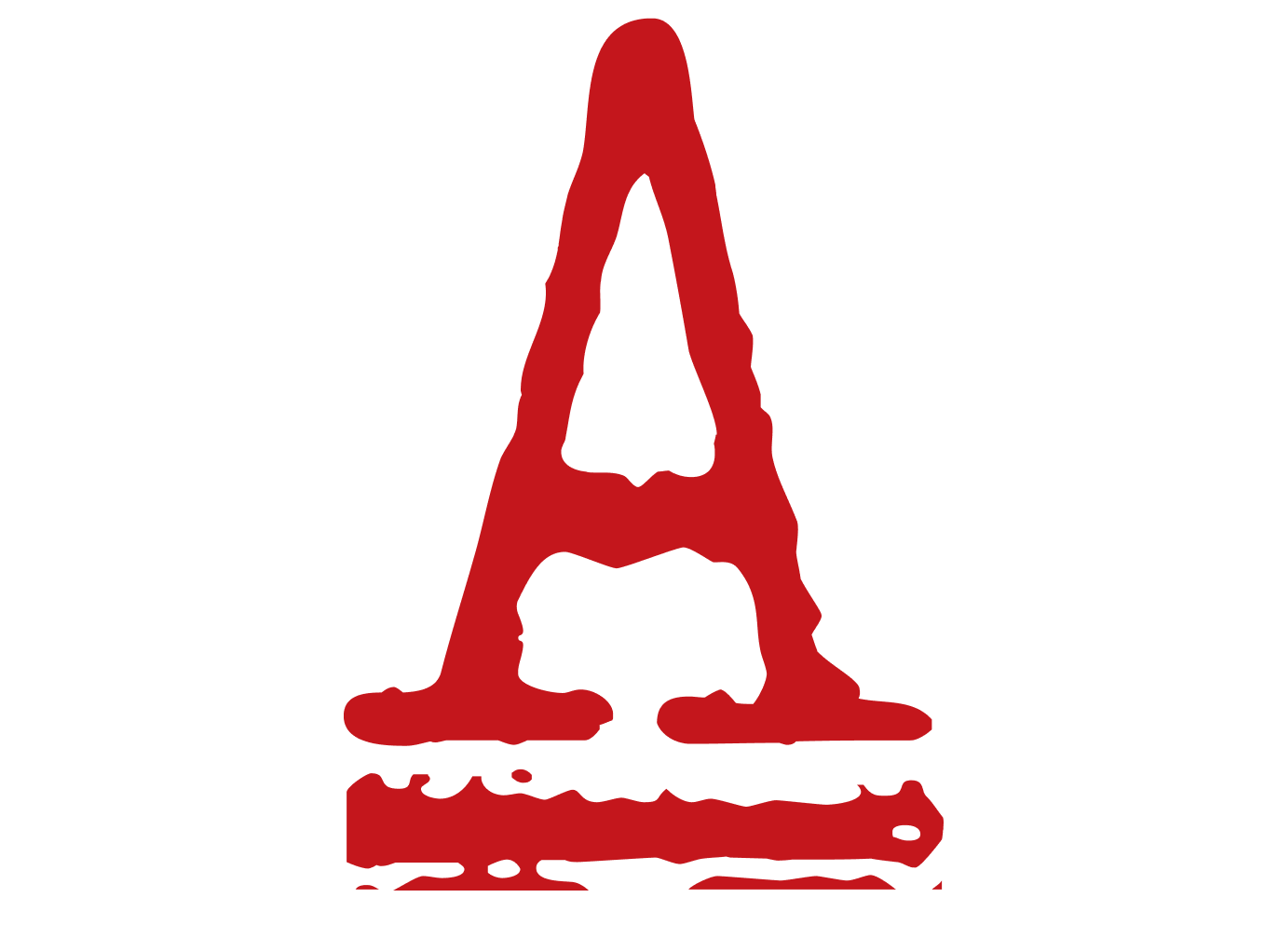Online media manipulators often use specific techniques to hide the source of the false and problematic information they circulate. Joan Donovan and Brian Friedberg label this strategy “source hacking.” Typically used during breaking news events, source hacking targets journalists and other influential public figures to pick up falsehoods and unknowingly amplify them to the public.
In Source Hacking: Media Manipulation in Practice, Donovan and Friedberg use case studies to illustrate four main techniques of source hacking:
- Viral Sloganeering: repackaging reactionary talking points for social media and press amplification
- Leak Forgery: prompting a media spectacle by sharing forged documents
- Evidence Collages: compiling information from multiple sources into a single, shareable document, usually as an image
- Keyword Squatting: the strategic domination of keywords and sockpuppet accounts to misrepresent groups or individuals
These strategies are often used simultaneously, and make it difficult to find proof of coordination. While each technique is effective on its own, their ultimate value comes from “buy-in from audiences, influencers, and journalists alike.”
Donovan and Friedberg offer suggestions for those looking to identify media manipulation campaigns or respond to breaking news: They encourage journalists to seek corroborating evidence when information is received via a social media account, and to always identify the account holder.


